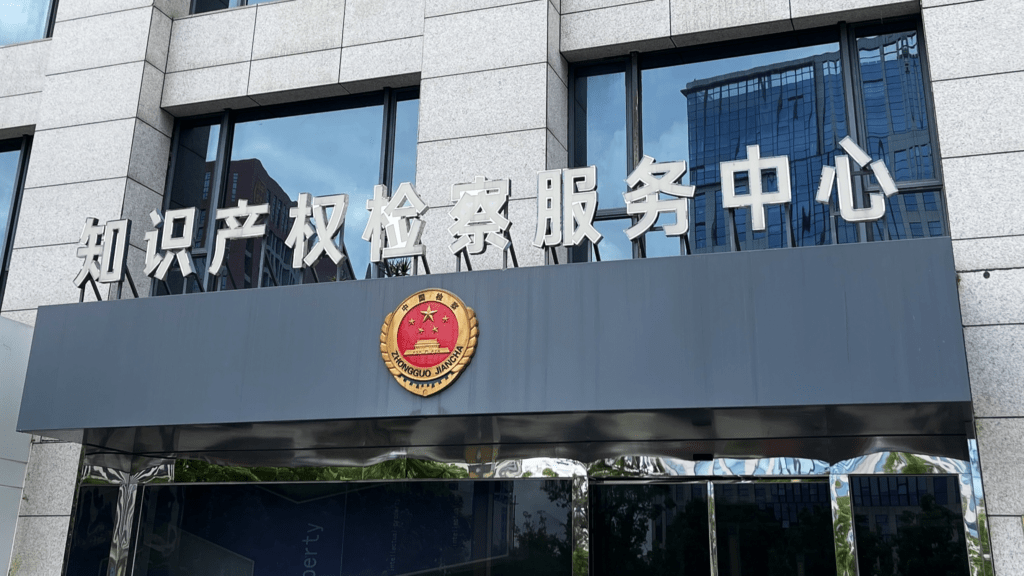
An innovative lending mechanism that uses intellectual property (IP) as collateral is rapidly gaining momentum in China. The total number of new IP-backed loans rose by an impressive 57 percent in the first six months of 2024 compared to last year, reaching 419.9 billion yuan (US$59 billion), according to the China National Intellectual Property Administration (CNIPA). This rapid growth underlines the potential of this financing method, which had shown steady growth between 2016 and 2022 with an impressive annual growth rate of 28.4 percent.
A critical factor in this is the government’s legal recognition of intellectual property as legitimate capital, which points to a promising future. This significant and intriguing trend paves the way for a new era of financing and its potential adoption elsewhere.
The use of intellectual property as collateral, however, is not a new concept. It has a rich history dating back to the late 19th century. One notable example is American inventor Thomas Edison, who used his patent for the light bulb to secure financing for his company General Electric. This long-standing practice, rooted in the innovative spirit of entrepreneurs like Edison, has become more common, demonstrating the enduring value of IP in the business world.
However, as the world moves into the era of the latest technological revolution, this process has accelerated to unprecedented levels. It is common to see previously unknown tech companies and startups rapidly grow into multi-billion dollar corporations. In most cases, access to financing for innovation is critical to a company’s success. However, the lack of traditional collateral, such as real estate or equipment, often limits access to financing, which in turn limits the growth potential of these companies.
There are numerous successful examples of using this method to raise capital. A notable recent case is that of the American biotech startup Moderna, which used its patent portfolio to fund research and development. In 2020, the company secured additional funding to develop a vaccine against COVID-19. This strategy played a crucial role in the rapid development of its highly effective vaccine, inspiring hope and confidence in the potential of this financing method.
The value of intangible assets, particularly intellectual property, in the valuation of companies, especially in the technology sector, is increasing at a rapid pace. The added value of IP-intensive sectors as a proportion of total GDP for the EU, US, South Korea and the UK currently makes a significant contribution to GDP, accounting for between 38 and 45 percent. The increasing value of intangible assets in the business world makes IP-based financing an increasingly attractive and relevant option for companies, and a key player in the evolving business landscape.
The use of intellectual property (IP) as collateral is rapidly gaining global attention. According to a 2020 study, intangible assets, primarily IP assets, accounted for 90 percent of total assets in Standard and Poor’s 500 companies (S&P 500 companies), increasing significantly from 32 percent in 1985 to 68 percent in 1995.
Another study suggests that in 2018, S&P 500 companies owned more than $21 trillion in intangible assets, compared with roughly $4 trillion in tangible assets, such as inventory, real estate and equipment.
In recent years, there has been significant interest in patenting intellectual property, in part because it can lead to additional financing. In fiscal year 2023, the U.S. Patent and Trademark Office issued more than 346,000 patents, roughly double the more than 180,000 patents issued in fiscal year 2000. However, the market for IP-backed loans still has untapped potential, with only a small percentage of businesses in the U.S. using their IP as collateral.
China’s achievements are impressive. In 2023, 921,000 invention patents were issued, up 15 percent from the previous year, more than 2 million utility models, 638,000 designs, 4.3 million trademarks, and 11,300 integrated circuit topography designs were registered. In addition, 201 collective and certification marks were approved for registration with geographical indications.
Applications for international registration of patents, designs and trademarks filed through the Patent Cooperation Treaty and the Hague and Madrid systems for the international protection of trademarks amounted to 73,812, 1,166 (for the previous 11 months of 2023) and 6,196 respectively, the best figures worldwide.
Furthermore, according to CNIPA, China is rapidly developing a unique functional ecosystem that includes IP offices, financial institutions, IP appraisers and insurance companies. This ecosystem aims to support the use of IP as collateral. So far, approximately 17,000 projects have benefited from this initiative, giving an advantage to 15,000 companies.
These figures are staggering compared to those of even developed countries. For example, South Korea’s IP financing market is only 3.5 percent of that of China.
The new method of financing has gained substantial support in China. Recent decisions by the Chinese leadership have emphasized the importance of supporting private enterprises and accelerating the growth of the innovative sector of the economy. Small and medium-sized enterprises and technology startups, with their creative ideas, are seen as the main drivers of modernization, qualitative development and the future of the business world. China has once again found a new way to accelerate the growth of its technology sector and has taken a step ahead in the global race for innovation.
Note: This article is republished from CGTN through a cooperation agreement between both parties for the dissemination of journalistic content. Original link.

Source: https://reporteasia.com/opinion/2024/09/02/propiedad-intelectual-china-innovacion/

